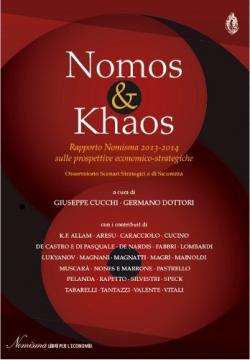The pain of the Gulf Region

Authors:
18/09/2014
Putting an end to the pan-Arab era, the revolts of 2011 opened the way to an attempt to build a new political and institutional reality: an Islamic State. Supported by many international players, this change brought the deep divisions that afflict Islam into Arab politics, with devastating results from the point of view of overall stability. The combination of realpolitik and sectarianism eventually led to real wars of religion, which are calling into question the borders and integrity of existing states. The increasing risk of a wider conflict is causing a shift of the major powers from the side-lines back to the Middle East. The United States remains the most soughtafter partner due to its power, but the revolution of non-conventional energy now allows Washington to reject certain local ambiguities: firstly, the support provided by some countries to extremist organisations, largely dictated by internal security needs. However, new tensions between America and Russia and, above all, Moscow’s unconditional support to Assad, are generating increased support for the Kremlin on the part of the more vulnerable regimes, which fear being abandoned by Washington. The United Kingdom, France, which has established a military base in the Uae, and above all China are also present. There would also be room for Nato and the Eu, if they were able to come to an agreement among themselves. Regional dynamics are also being affected by the on-going discussions between the United States and Iran, the outcome of which will decisively influence the prospects of the area, both in case of success or failure. “Forbidden” alliances have been formed partly as a reaction to these developments, such as that between Israel and Saudi Arabia, that based on practical interests, may also lead to an end of the narrow logic.
-
Details
in Nomos & khaos. The 2013-2014 Nomisma report on economic-strategic horizons, Roma, Agra, 2014, p. 201-218 -
ISBN/ISSN/DOI:
978-88-348-4964-4


